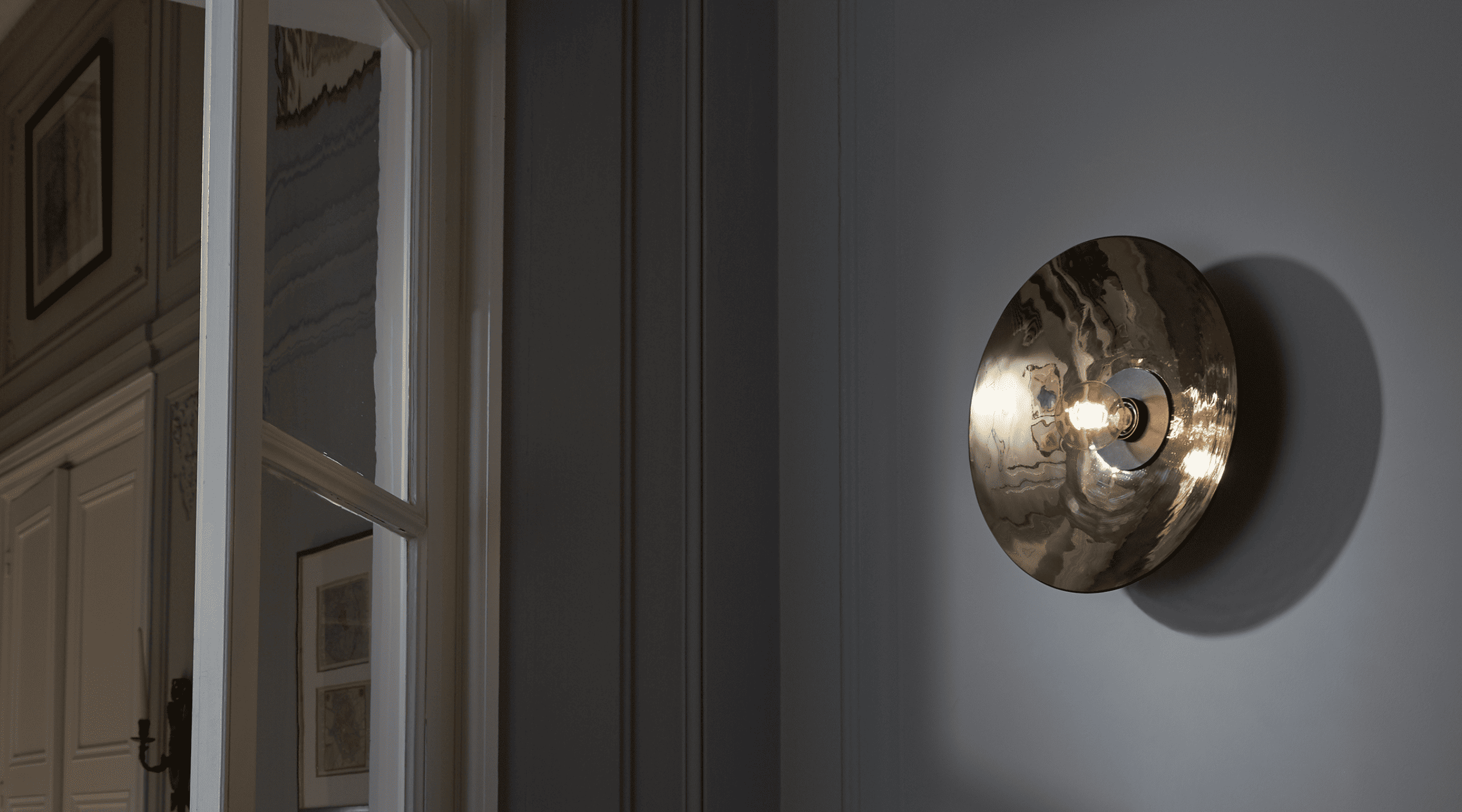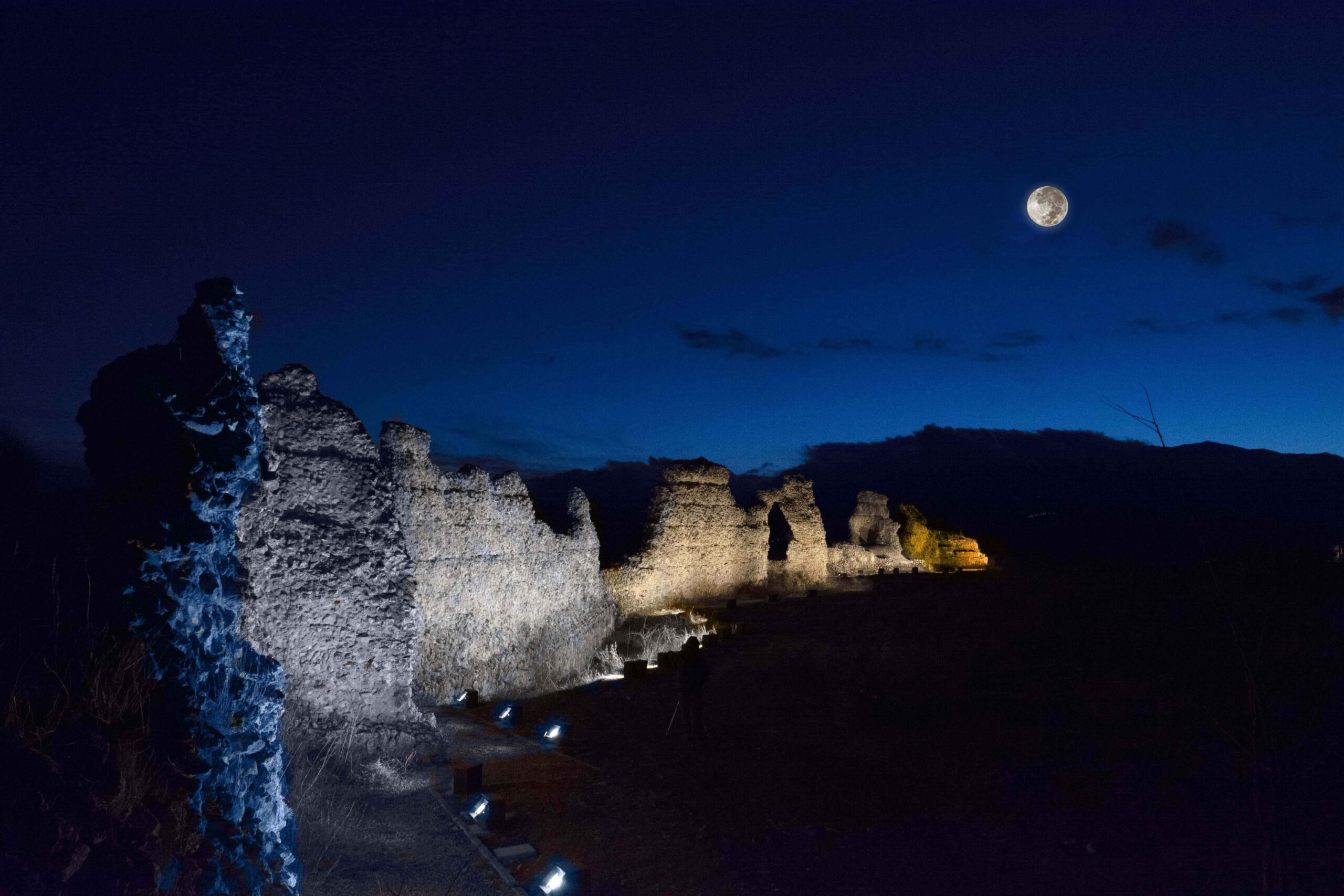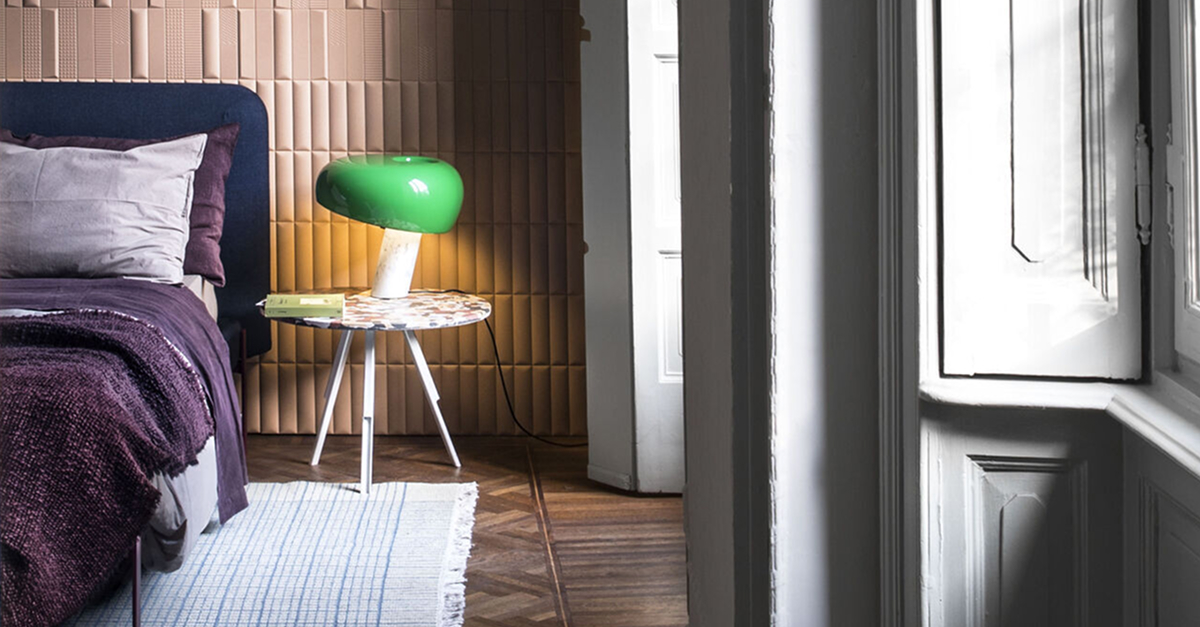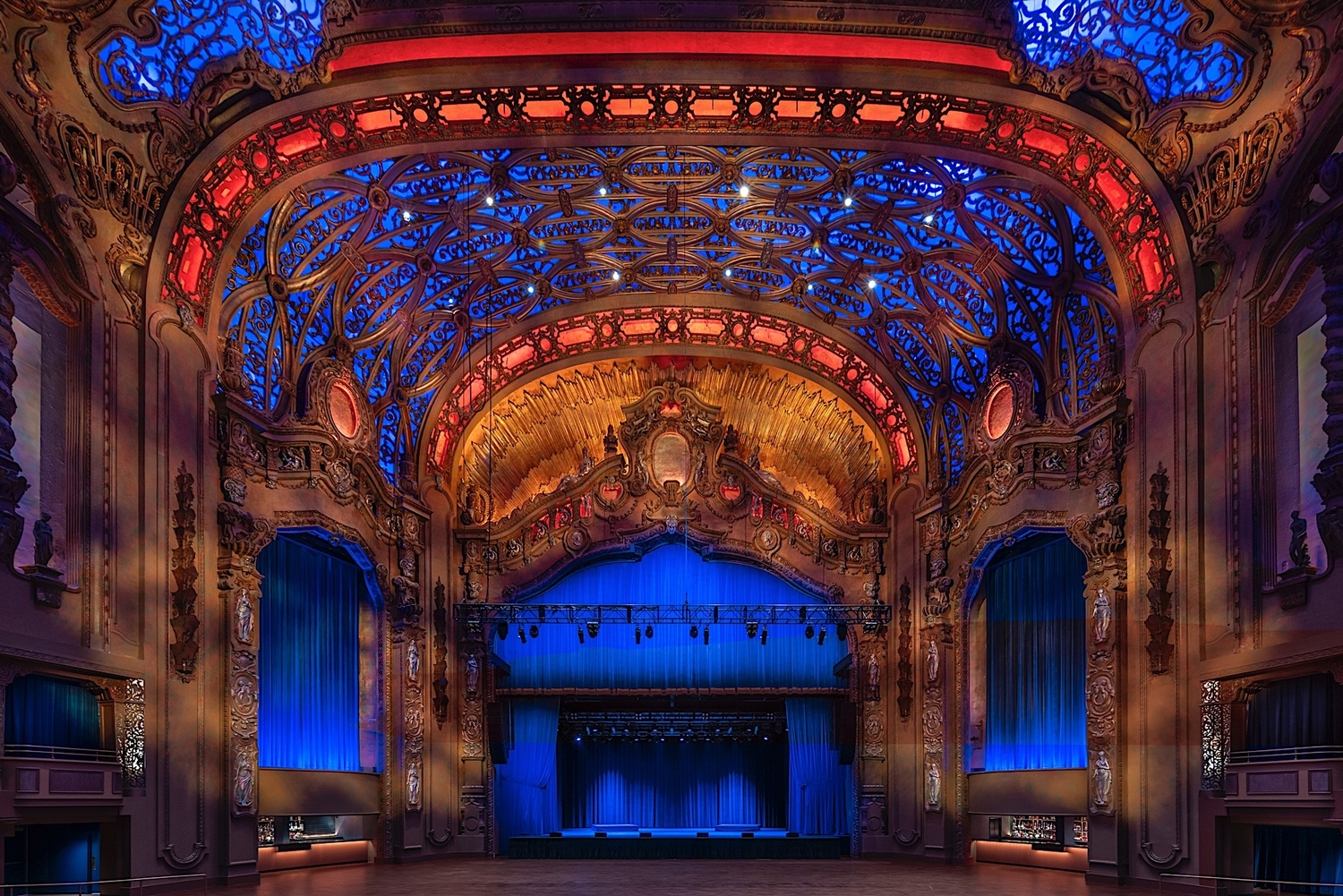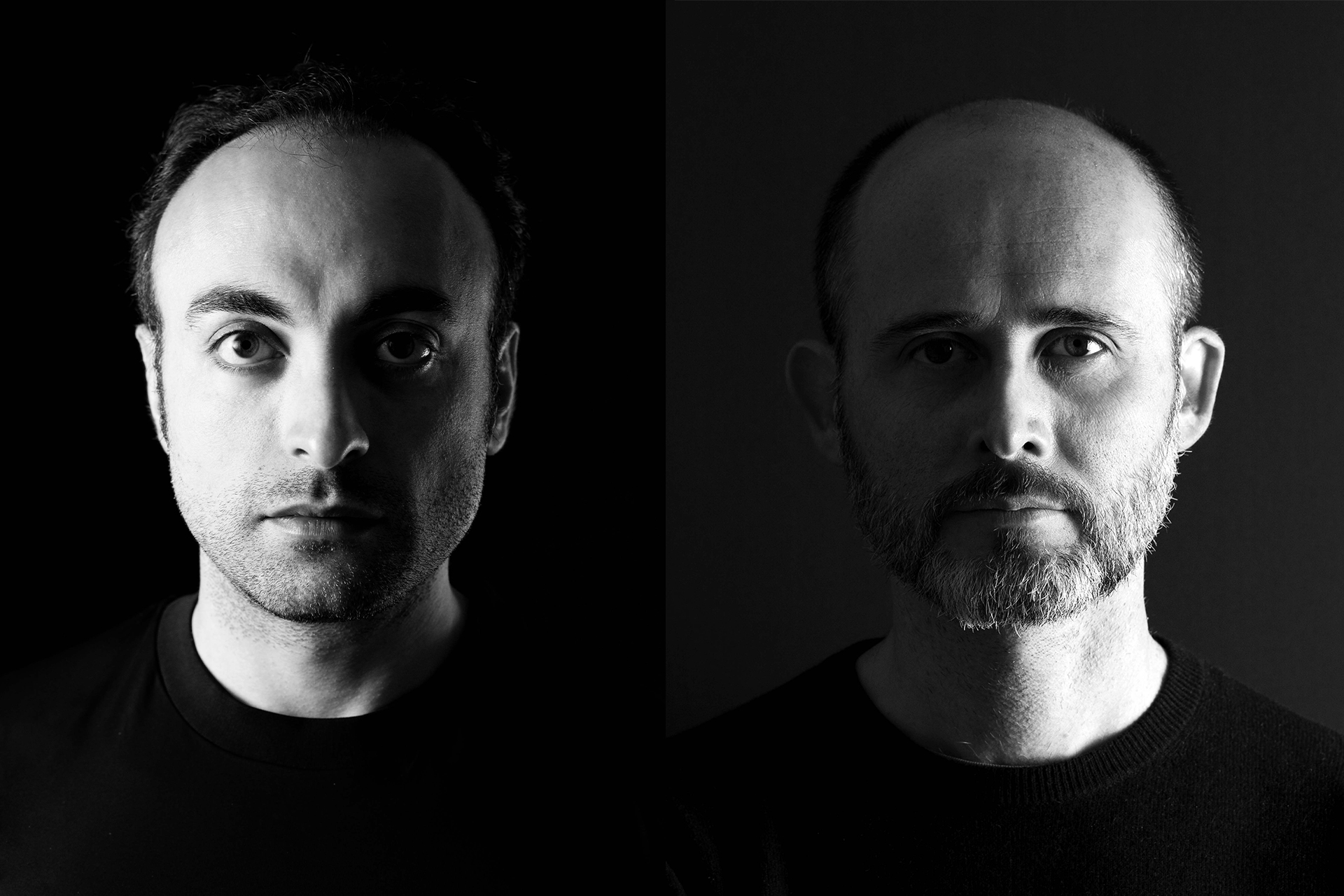Cover: Patrick Tuttofuoco, Zero Weak First, 2018. Arch of Augustus, Rimini. Courtesy of the artist.
Patrick Tuttofuoco is an Italian artist whose work fluidly moves between art, architecture, and design, placing artificial, colorful, and pulsating light at the heart of his expressive language. Born in Milan in 1974, he studied at the Accademia di Brera before establishing himself as one of the most compelling figures of Italian contemporary art around the turn of the millennium. His work, often in direct dialogue with urban space, reveals a marked sensitivity to the light source, which he uses to restore form and humanity to the environments it inhabits.
Artificial light as living energy
From the outset, Tuttofuoco has explored the emotional potential of light and geometry as a means of fostering human connection. His pieces are lucid and vibrant, imbued with a precise, constructive, and emotional clarity that invites the viewer into an active gaze, an emotional engagement with the work itself, which thus becomes a space of continuous transformation and exchange.
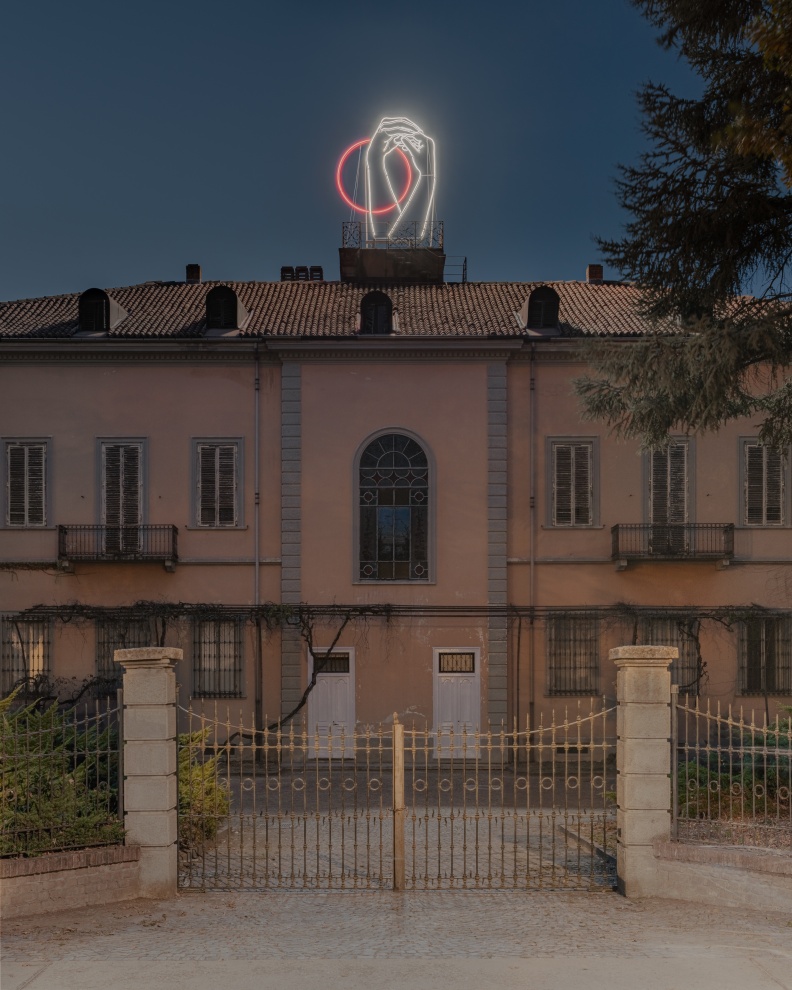
Tuttofuoco’s is an art that doesn’t seek light—it generates it. A practice that doesn’t settle for reflecting architecture, but attempts to construct it, temporarily, through luminous forms that speak of us, our cities, and our desires.
Light—in its bright tones, artificial geometries, and ability to redefine space—is one of the central materials of his work. A light that is neither naturalistic nor contemplative, but social, conceived as an element capable of fostering connections between bodies, architecture, and collective imaginaries. A visual energy that structures space and alters perception: «To me, light is a form of language. I’m not interested in using it to reveal what’s already there, but to create something that wasn’t».
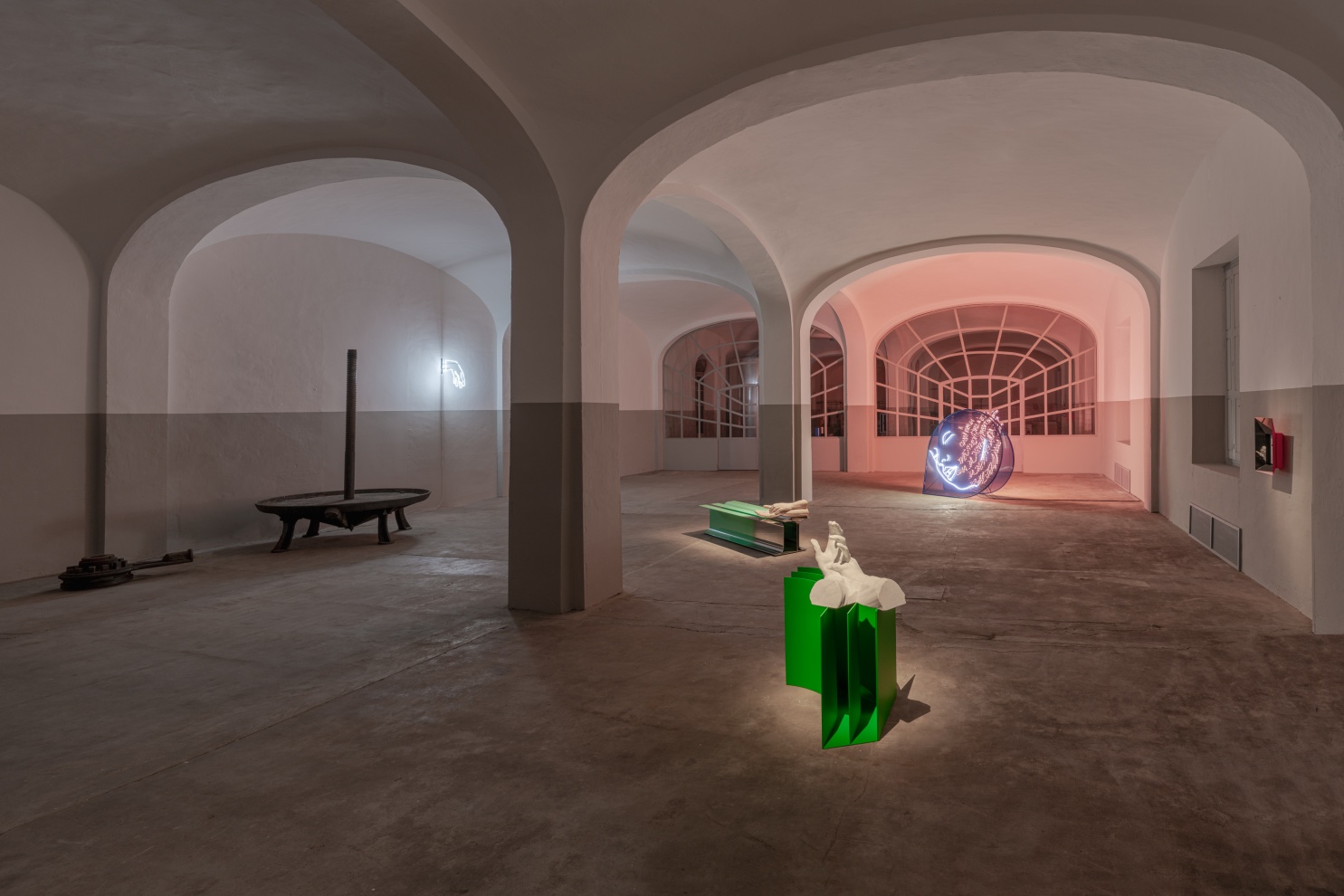
When light engages with art and urban space
Patrick Tuttofuoco’s work feeds on a constant tension between public and private space, between monumentality and intimacy. His installations—often placed in unconventional or open spaces—act as emotional and social devices, transforming the urban landscape into a collective experience.
Through luminous sculptures, architectural installations, and immersive environments, the artist explores the power of artificial light as a relational tool, defining visual narratives in which the individual is always central. His essential and recognizable forms become contemporary archetypes, while color and brightness act as emotional and cultural vectors.
In this way, Tuttofuoco’s work is never self-referential but opens up a shared reflection on time, the body, and the social dimension of space.
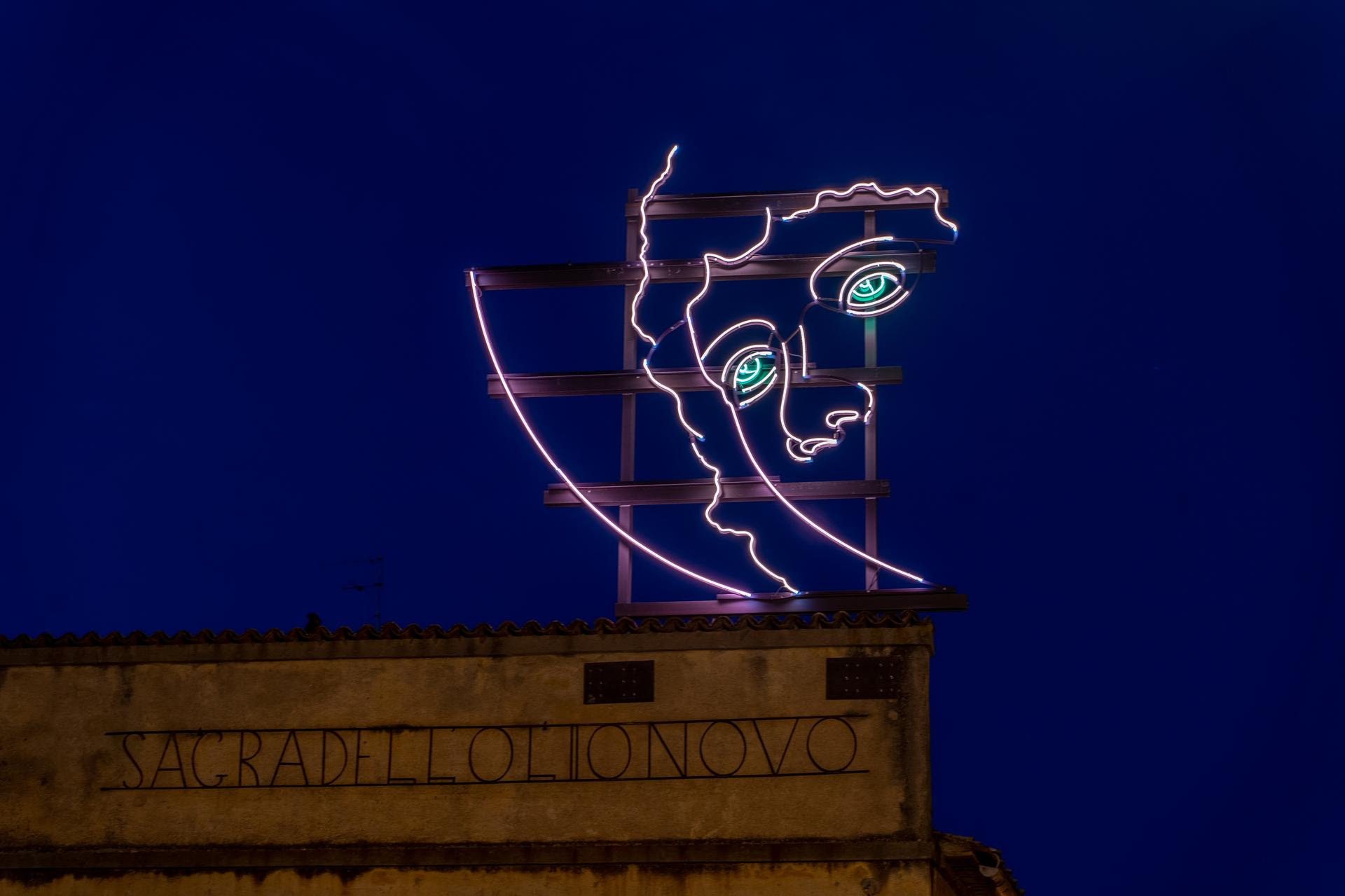
New Spaces, new lights: recent exhibition projects
Among his most recent exhibitions, two stand out. In particular, the first took place in Bologna, in the conference hall of Palazzo De’ Toschi, titled Abbandona gli occhi. The second was held the same year in the production spaces of the Bosca wine cellar in Canelli, for the Palazzoirreale project. Both exhibitions, carefully curated, aimed to analytically and precisely explore one of the central themes of his work: the relationship with light.
At Banca di Bologna’s headquarters in Piazza Minghetti, Tuttofuoco transformed the intimate setting into a luminous landscape, inhabited by transcendent figures. The installation unfolded as a spatial narrative, guiding the viewer through an experience of light, form, and presence. In Canelli, as part of Panorama Monferrato, the exhibition was conceived as a moment of pause and reflection, presenting a collection of fragments that intentionally avoided linear storytelling, favoring instead a reading of space and light.
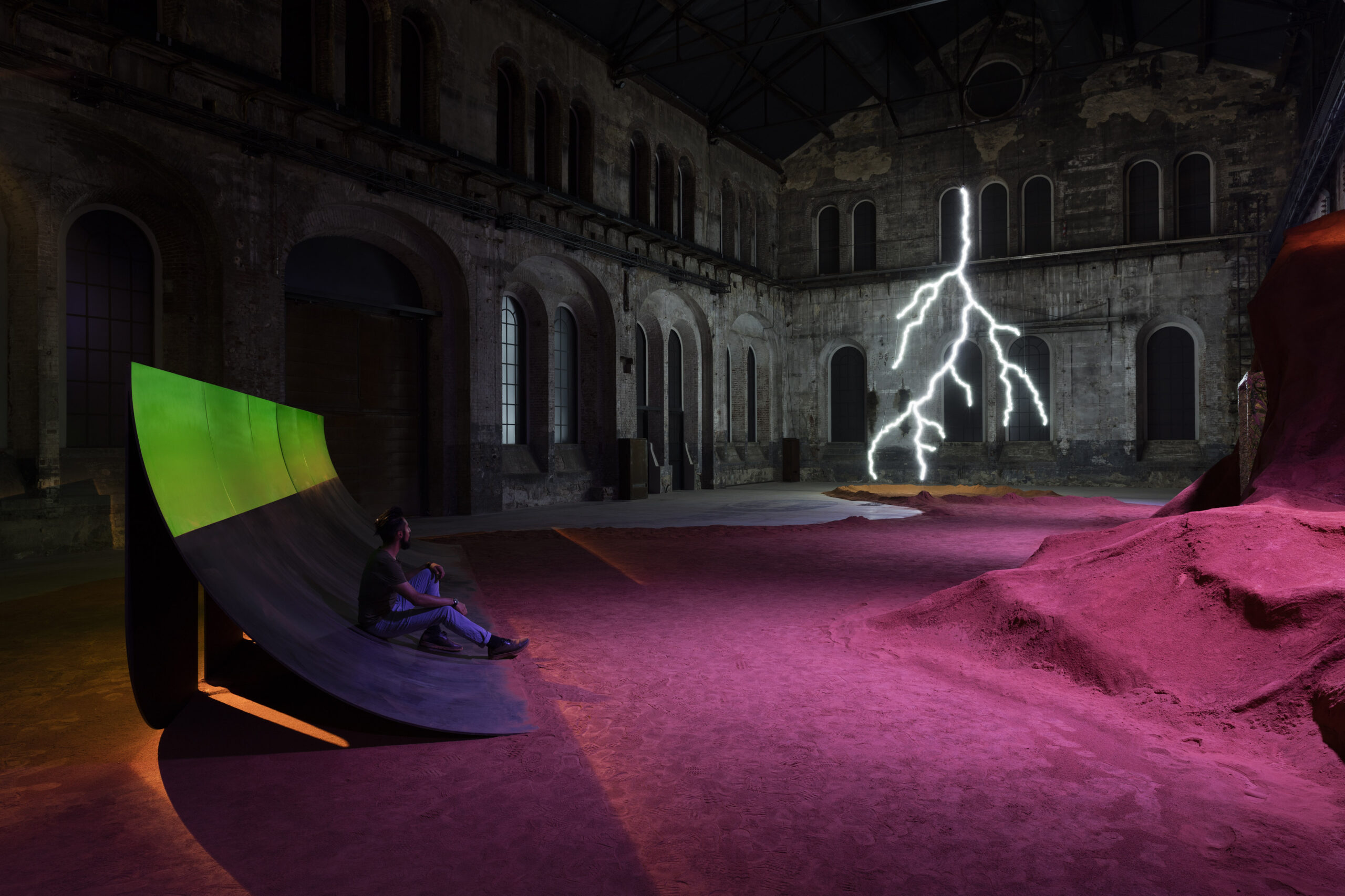
Tuttofuoco’s work is a celebration of form and color, an anthem to artificial light, and a visual ritual in which sculpture, architecture, and personal narrative intertwine. His works inhabit and transform their environments through luminous geometries and surfaces, inviting the viewer to pause, slow down, and reflect on the emotional and perceptive relationship between body, light, and space.
